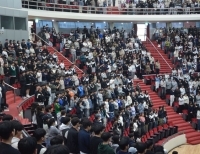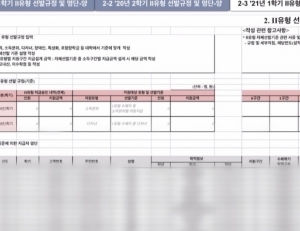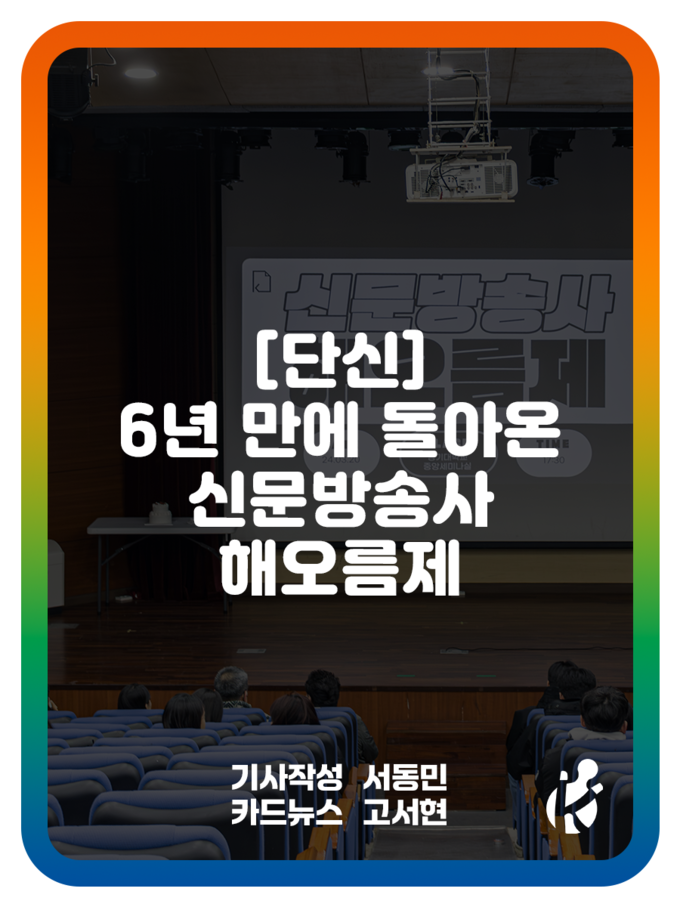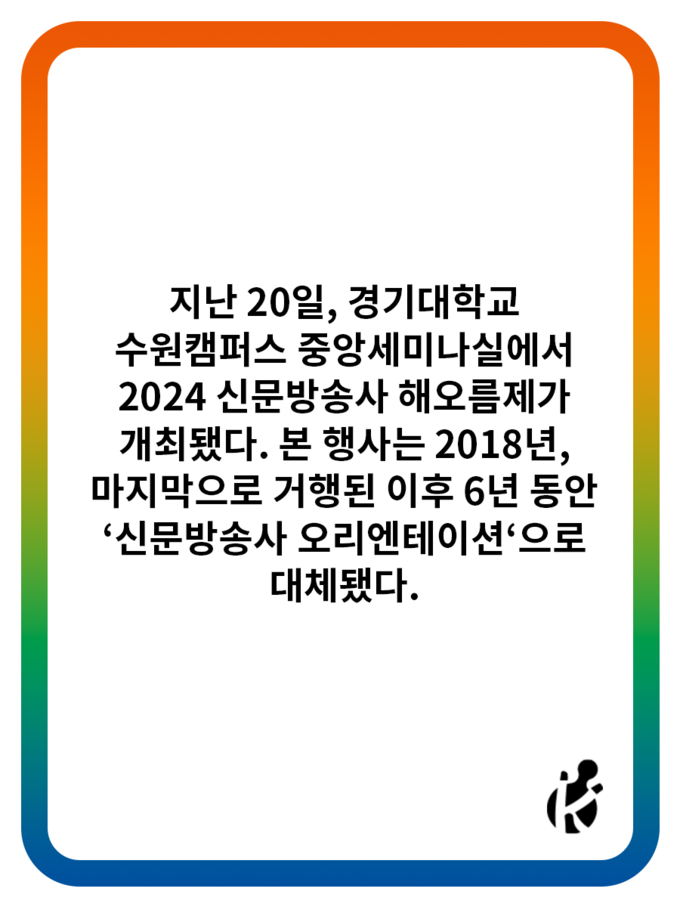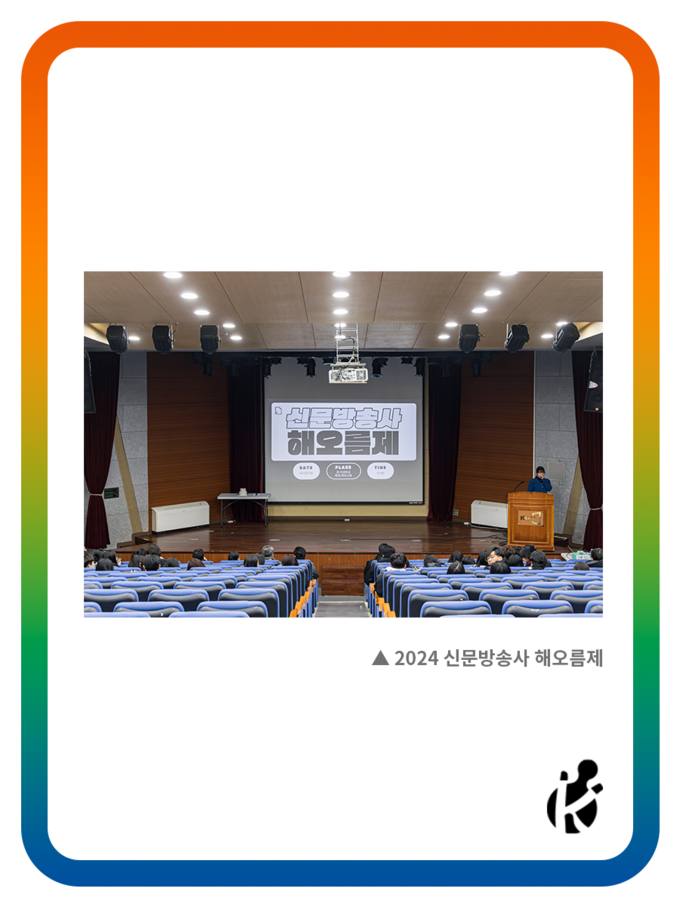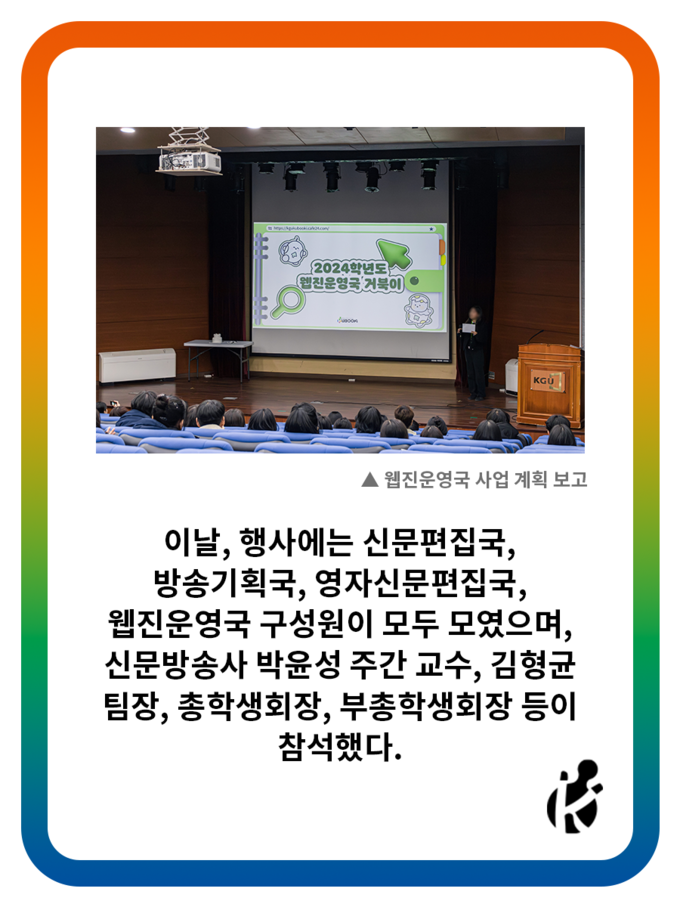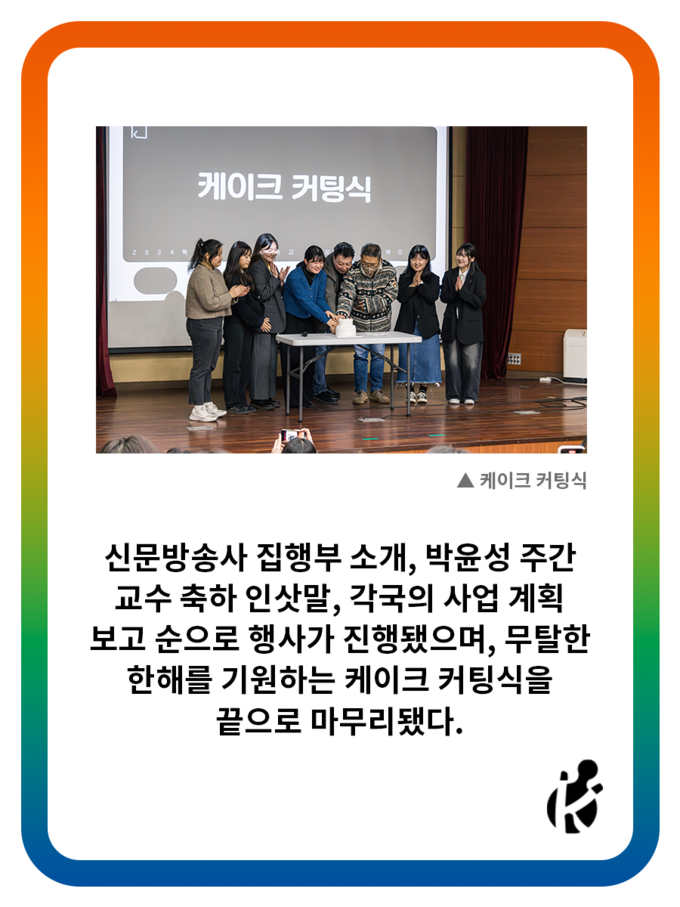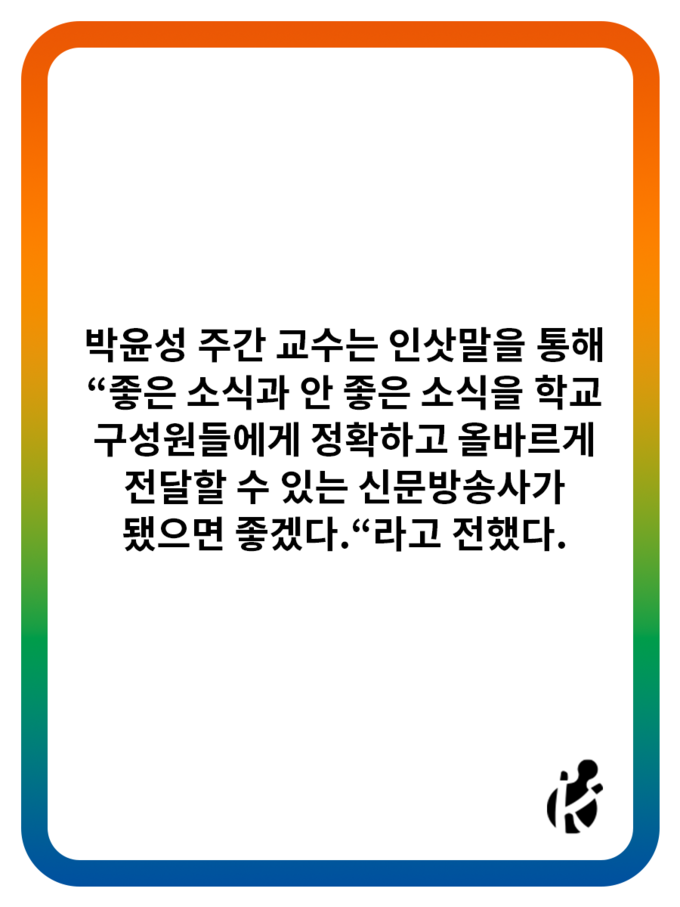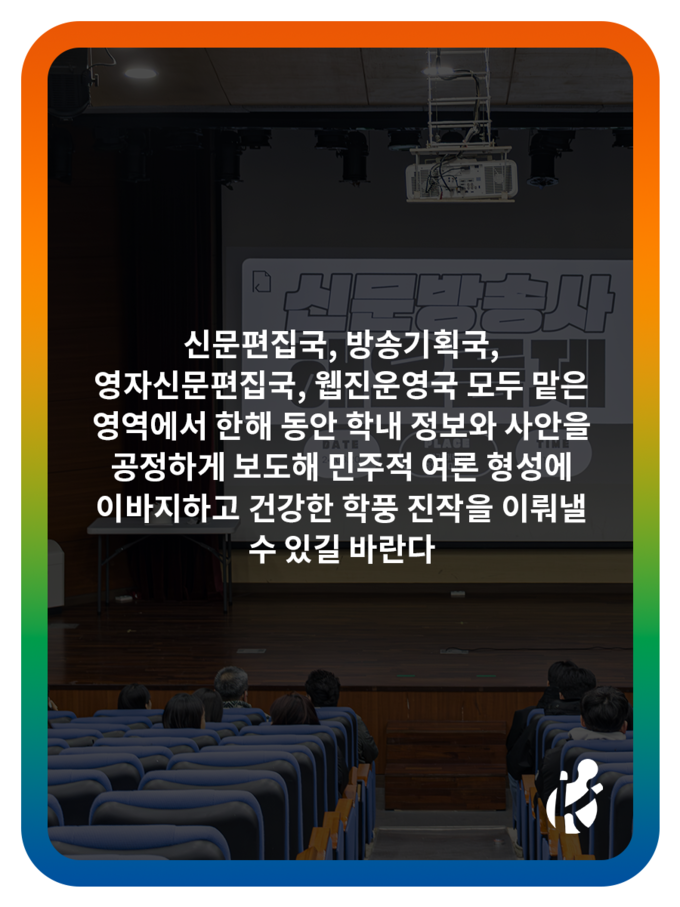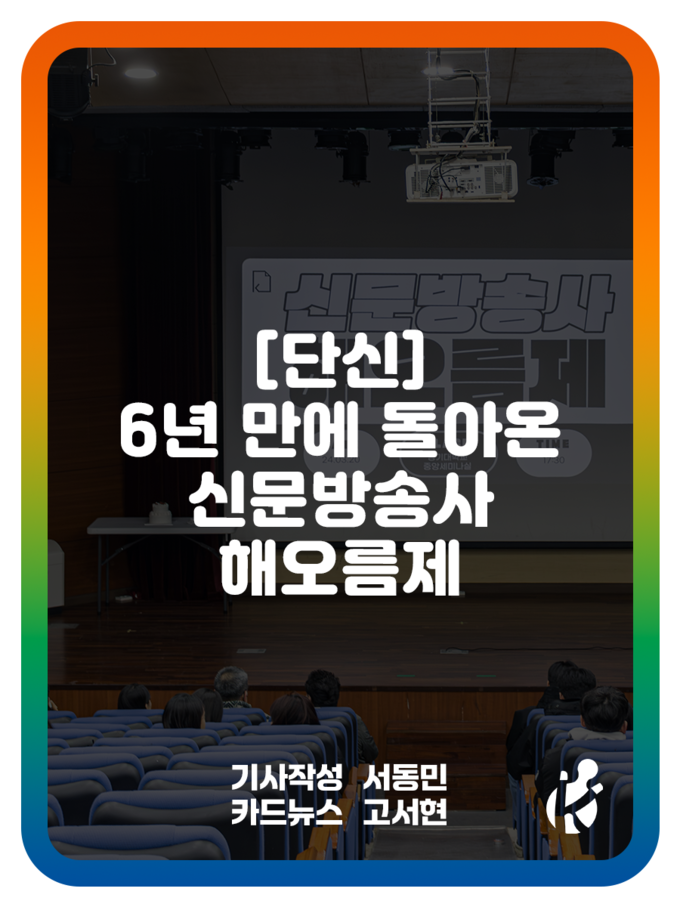The hot Tokyo Olympics are over. The Olympics are an event that creates many issues every time it is held, but especially this year, the response seems to have been particularly hot, perhaps due to the rise in TV ratings due to COVID-19. Regardless of whether they win medals or not, many athletes who have given intriguing athletic performances have quickly reached stardom and are enjoying popularity as great as celebrities even after the Olympics. With their rapidly rising popularity, we can see athletes in various commercials and news articles around us. Even small companies are using players for advertisements through caricatures or buzzwords, so wouldn’t there be a copyright problem with this phenomenon?
Kim Je-deok of the Korean archery team is the athlete who stood out the most in this Olympics. In particular, Kim Je-deok’s loud “FIGHTING!” shout that filled the empty stadium of the Tokyo Olympics is a buzzword associated with him. In addition, he gave an excellent performance and gained a lot of popularity, so fan art of the athlete was posted on various online communities. S Computer Academy used a picture of Kim Je-deok shouting “Korea Fighting” on a banner advertising educational subsidies. It is no wonder that companies use the image of a popular star in advertising. However, the academy had to post an apology shortly after. This is because the image used by the academy was fan art posted by a user on their personal SNS. After the author’s protest, the academy took down the advertisement. The academy used the image without permission from the creator who drew the illustration of the athlete. There was a similar case in 2018. L Food Company used the women’s curling team images in their product ads without permission. The company was criticized by consumers and belatedly signed an official model contract with the team.
These type of incidents do not only affect Olympic stars, whose popularity has suddenly increased. A few years ago, comedian Park Mi-sun posted an article on her Instagram drawing attention to continued infringement of portrait rights. There are more than three ads that violated her portrait rights. As the buzzword and the photo of “I’ll do XX, who’ll do XX?” spread widely, companies used her image in advertisements without her permission. Companies used illustrations to reduce the budget for recruiting models directly, but it is an image that anyone can associate with her. Companies used her image and didn’t pay her any fee. Her accusation drew public outrage from many people. Park Mi-sun wrote on Instagram, “Caricatures cannot be guaranteed portrait rights.” However is this really true?
The term “Portrait Rights” refers to the right not to be photographed, pictured, or published without permission, and for those images not to be used commercially without permission, according to the verdict of the Constitutional Court on October 13, 2006 (Ruling 2004da16280). According to Korean copyright law, “Work” refers to a creation that expresses human thoughts or emotions (2-1). For example, if a photographer took a picture of a model, the copyright of the picture belongs to the photographer and the portrait rights belong to the model. If so, can fan art of a celebrity be copyrighted? The answer is “Yes.” Fan art can also be guaranteed independent copyrights different from the original work if the artist’s creative reinterpretation is included. The case of using fan art of the athlete in an advertisement without permission is a case of infringement of the copyright of the secondary creation. In this case, the company can be sued by both the illustrator and the athlete who holds the portrait rights.
There is a common saying in everyday life regarding portrait rights. When the other person tries to take a picture at will, people often say, “Don’t infringe on my portrait rights.” As such, portrait rights seem to be rights that can be easily violated or defended. This means that there are also many cases of infringement of portrait rights. Portrait rights are held by everyone. Of course, the rights belong to oneself. However, when looking back on history, it can be very difficult to protect basic rights. So what should we do to protect our portrait rights? Ideally everyone should understand the concept that portrait rights are important, but in reality this is not the case. Some people may not know whether or not certain behavior violates portrait rights, so telling the other person exactly when the situation of infringement comes is also a way to protect portrait rights. For example, there might be a contract to use portrait rights for one purpose, but there are cases where the same images are used for multiple purposes. This is an infringement of portrait rights because it goes beyond the agreed purpose. When this situation arises, it is necessary to strongly express an opinion to the other party that this is unfair. If personal efforts do not work in protecting portrait rights, the power of the law can be utilized. We can protect our rights by proceeding with civil lawsuits. Since it is regarded as one of the general rights included in human existence and values according to the constitution, a claim for damages can be filed if there is emotional damage. The statute of limitations is set at three years, so the issue must be resolved within that time.
There may have been times when portrait rights were violated without the victim realizing it. From now on, if you control your behavior with awareness of portrait rights infringement, you will not infringe on other's rights. If you want your rights to be protected, you will have to respect the other person’s rights. Through such efforts, we hope that an ethical culture of respecting each other’s portrait rights will be established in society.
76th Cub reporter·KIM HYEON A·hangitup@kyonggi.ac.kr
76th Cub Reporter·Go Eun Ji·dorothy0438@naver.com
- TAG
-
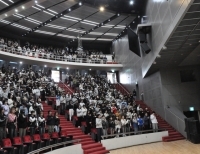 What Happened in KGU? : 수원캠퍼스 학생총회 편
On April 4th, a general meeting of students was held in the Tele-convention center at the Suwon campus. The contents were the same as the general meeting of students in the Seoul campus: the first part was for agenda announcement, the second part was about the Membership Training for whole university, and the third part was simple Q&A time. In the first part, the agendas were all the same as the ones for the Seoul campus, and the result of the ...
What Happened in KGU? : 수원캠퍼스 학생총회 편
On April 4th, a general meeting of students was held in the Tele-convention center at the Suwon campus. The contents were the same as the general meeting of students in the Seoul campus: the first part was for agenda announcement, the second part was about the Membership Training for whole university, and the third part was simple Q&A time. In the first part, the agendas were all the same as the ones for the Seoul campus, and the result of the ...

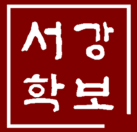 [타 대학보 축사] 늘 그랬듯, 묵묵히
[타 대학보 축사] 늘 그랬듯, 묵묵히
 [와이파이] 큰 박스에 달랑 물건 하나, 과대포장 규제 정책 시행은 언제쯤
[와이파이] 큰 박스에 달랑 물건 하나, 과대포장 규제 정책 시행은 언제쯤
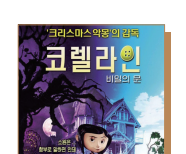 [문화산책] 이 세계는 멋져 보이지만 모두 환상이야
[문화산책] 이 세계는 멋져 보이지만 모두 환상이야
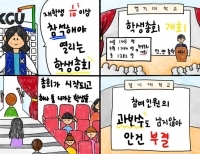 [네컷만화] 학생총회
[네컷만화] 학생총회

 목록
목록





